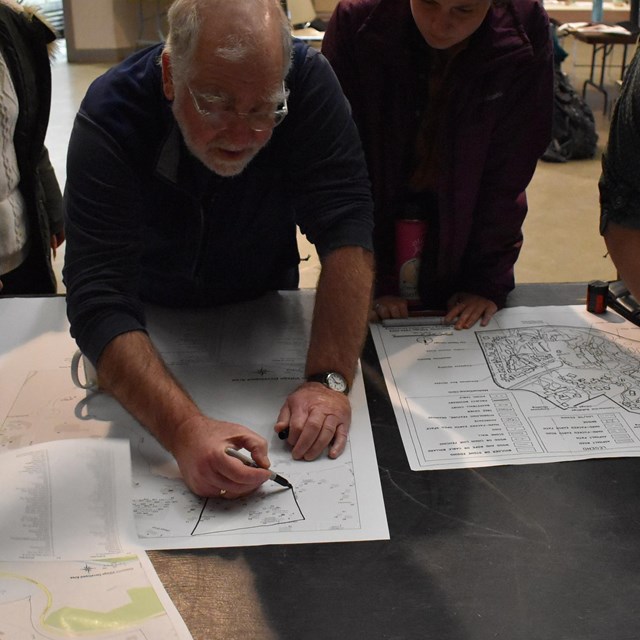Preservation is the practice of sustaining something by keeping it intact, free from harm, and safe from deterioration. For the National Park Service, historic preservation is the act of protecting and sustaining cultural and natural resources in perpetuity.
The identification and preservation of cultural resources is critical to protecting the nation's richly textured history. Cultural resources include tangible items of historic or cultural significance, such as cultural landscapes, buildings, structures, and objects; as well as the intangible items, like traditional knowledge, practices, and life-ways.
Cultural landscapes have been recognized by the NPS as cultural resources since 1983. Our responsibility for their preservation is equal to other resources, regardless of the landscape type or level of significance.
Preservation Resources
-
 EssentialsPreservation Guidance
EssentialsPreservation GuidanceExplore the preservation foundations of research, planning, and stewardship.
-
 Research and DocumentationExplore the Report Collection
Research and DocumentationExplore the Report CollectionGo behind the scenes and through the years with NPS preservation documents.
-
 Protecting Our ResourcesClimate Change and Cultural Landscapes
Protecting Our ResourcesClimate Change and Cultural LandscapesSee what the NPS is doing to protect natural and cultural resources, including cultural landscapes, impacted by a changing climate.
-
 Recent NewsProjects, Reports, & Articles
Recent NewsProjects, Reports, & ArticlesWhat's new in NPS cultural landscape preservation?
-
 StewardshipPeople in Preservation
StewardshipPeople in PreservationProfiles of educators, historical figures, and contemporary stewards that have influenced or been influenced by landscape preservation.
-
 Documenting Preservation DecisionsHPPD Tool
Documenting Preservation DecisionsHPPD ToolThe HPPD helps project teams to collect and integrate cultural resource management information into project planning and development.
Last updated: September 11, 2024
